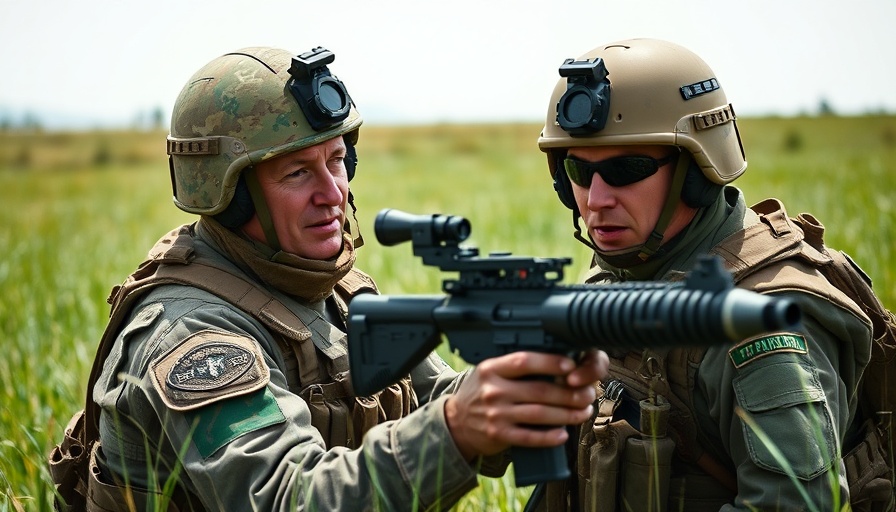
The Rise of Sweden's Air Defense Systems
In a significant move to bolster Ukraine's military capabilities amidst ongoing conflict, Sweden, Lithuania, and Ireland have united to provide advanced short-range air defense systems. This collaboration comes as the U.S. reassesses its military support for Ukraine, leaving European allies to step in with essential equipment.
Sweden's contribution includes its renowned Saab RBS 70 missile launchers and Tridon guns, while Ireland is supplying Giraffe radars, also produced by Saab. These systems work harmoniously, with the radars enhancing target detection capabilities significantly. Lithuanian President Gitanas Nausėda emphasized the positive implications for Ukraine, stating, "Good news for Ukraine," reflecting a common sentiment among the nations banding together for this effort.
Impact and Expectations for Ukraine's Defense
The RBS 70 system is a proven asset, capable of striking airborne threats up to five miles away and at altitudes of three miles. Its portability allows for rapid deployment, with crews able to set it up in just a couple of minutes, making it a vital tool on the battlefield. Ukrainian forces have already utilized these systems effectively, with reports of successfully downing enemy drones and even some helicopters since the initial training in 2023.
The newer Tridon gun, a mobile air defense system based on the famous Bofors gun, is designed not just to target aerial threats but armored vehicles as well, adding versatility to Ukraine's defensive strategies.
Strategic Defense Collaboration
This tripartite collaboration underscores a significant strategic shift, particularly from traditionally neutral Ireland, which is now actively participating in military support for Ukraine. The donation of the Giraffe radar enhances operational coordination and effectiveness of the missile systems dramatically.
With the increasing precision and power of these air defense systems, Russian forces can expect heightened risks to their aerial operations as Ukraine receives these reinforcements. Sweden's commitment to ongoing support is further emphasized by statements from its defense ministry, pledging assistance "for as long as necessary," indicating a robust and enduring commitment to Ukraine's sovereignty and security.
Broader Implications for European Defense
This initiative also reflects significant geopolitical implications, as European countries work collectively to fill gaps left by fluctuating American support. It signals a commitment to European security that may reshape future alliances and collaborations. As international dynamics evolve, the resilience and adaptability displayed by Ukraine's allies could redefine military support frameworks long into the future.
 Add Row
Add Row  Add
Add 


Write A Comment